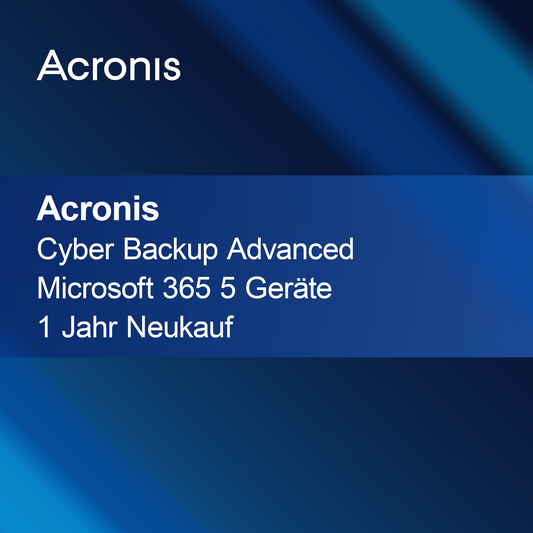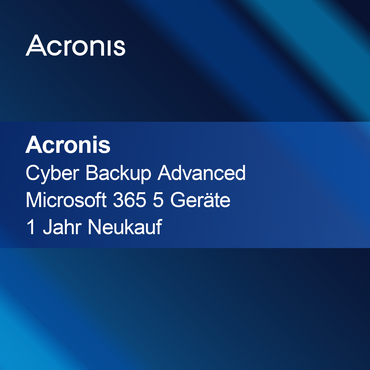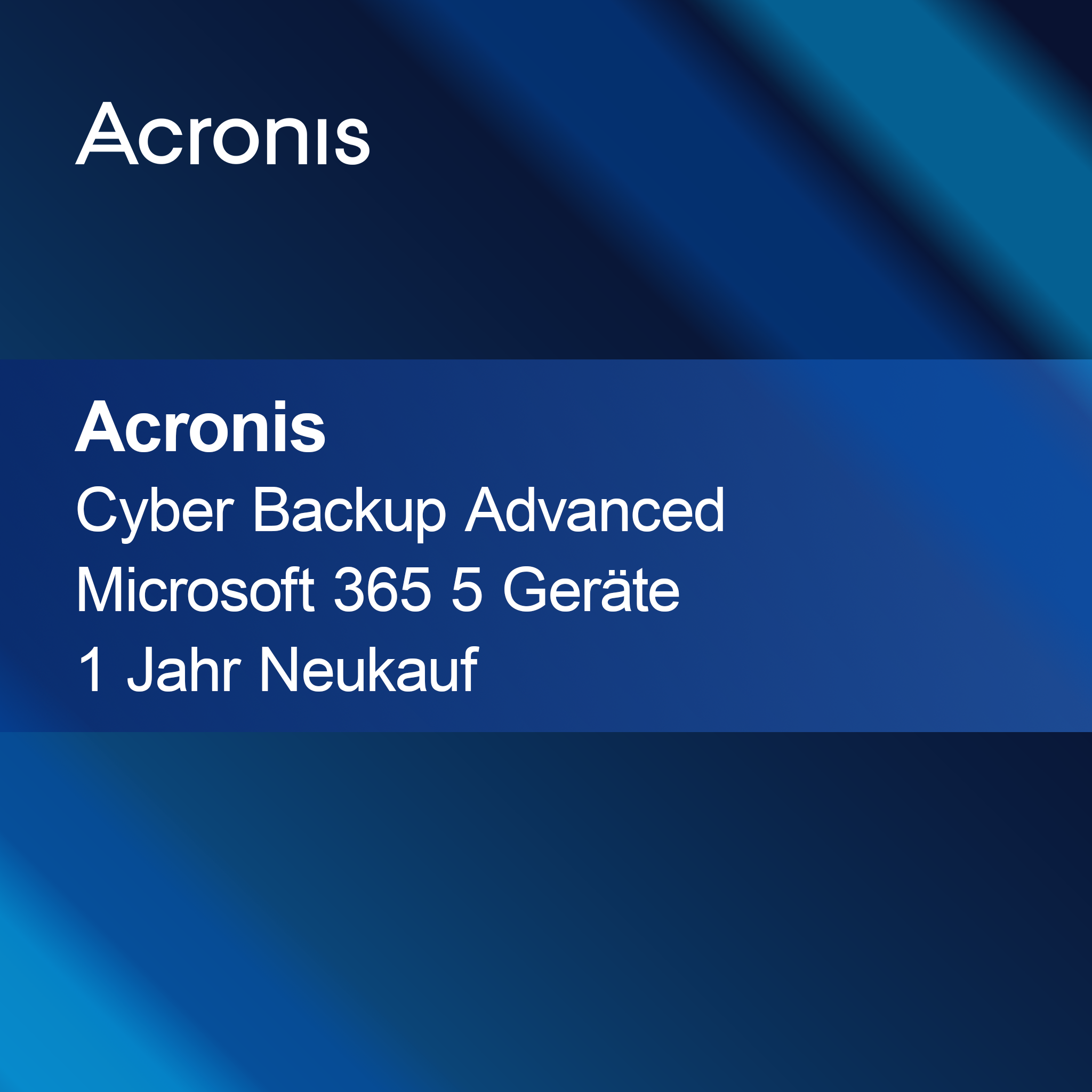No products found
Use fewer filters or remove all
Mindmaps
Are mindmaps suitable for me?
Mindmaps are an effective method for visualizing ideas and information. They help structure complex topics and promote creative thinking. Whether for learning, project planning, or brainstorming ideas – mindmaps can be useful in many areas. If you are looking for a clear and flexible way to organize thoughts, using mindmaps could be beneficial for you.
What are the advantages of mindmaps?
Mindmaps offer numerous benefits that help you process and retain information better. They promote creativity by allowing you to visually represent thoughts and recognize connections between different ideas. They also facilitate learning by transforming complex information into clear structures. By using colors and images, you can make your mindmaps more attractive and increase attention.
How do I create a mind map?
To create a mindmap, start with a central topic that you place in the middle of your sheet or digital platform. From there, draw branches that represent the main ideas or subtopics. Use keywords, colors, and images to make the information appealing and memorable. Remember that mindmaps are flexible – you can add new ideas or change existing ones at any time.
Which tools can I use for mind maps?
There are various tools that can help you create mindmaps. In addition to traditional pen-and-paper methods, numerous software solutions and apps are available that are specifically designed for creating mindmaps. Popular options include MindMeister, XMind, and Coggle. These tools often offer additional features such as templates, real-time collaboration, and the ability to export mindmaps in different formats.
- Visual representation of ideas and concepts
- Promoting creativity and critical thinking
- Simple structuring of complex information
How can I use mind maps in a team?
Mindmaps can also be very useful in team settings. They promote collaboration by enabling team members to develop and visualize ideas together. By using digital mindmapping tools, all participants can work on the mindmap in real time, which improves communication and the exchange of ideas. This can be especially helpful during brainstorming sessions or project planning.
How do mind maps differ from other note-taking methods?
Mindmaps differ from traditional note-taking methods because they use a non-linear structure. While conventional notes are often arranged in list form, mindmaps allow a visual arrangement of information that highlights connections between ideas. This method can help deepen understanding and improve memory, as it stimulates the brain to process information in a creative and organized format.
What are the application areas for mind maps?
Mindmaps are used in many areas, including education, project management, personal development, and business strategy. They can be used for learning new concepts, planning presentations, or organizing projects. Mindmaps are also helpful in creative writing or problem-solving to structure ideas and gain new perspectives. Their versatility makes them a valuable tool in various areas of life.








